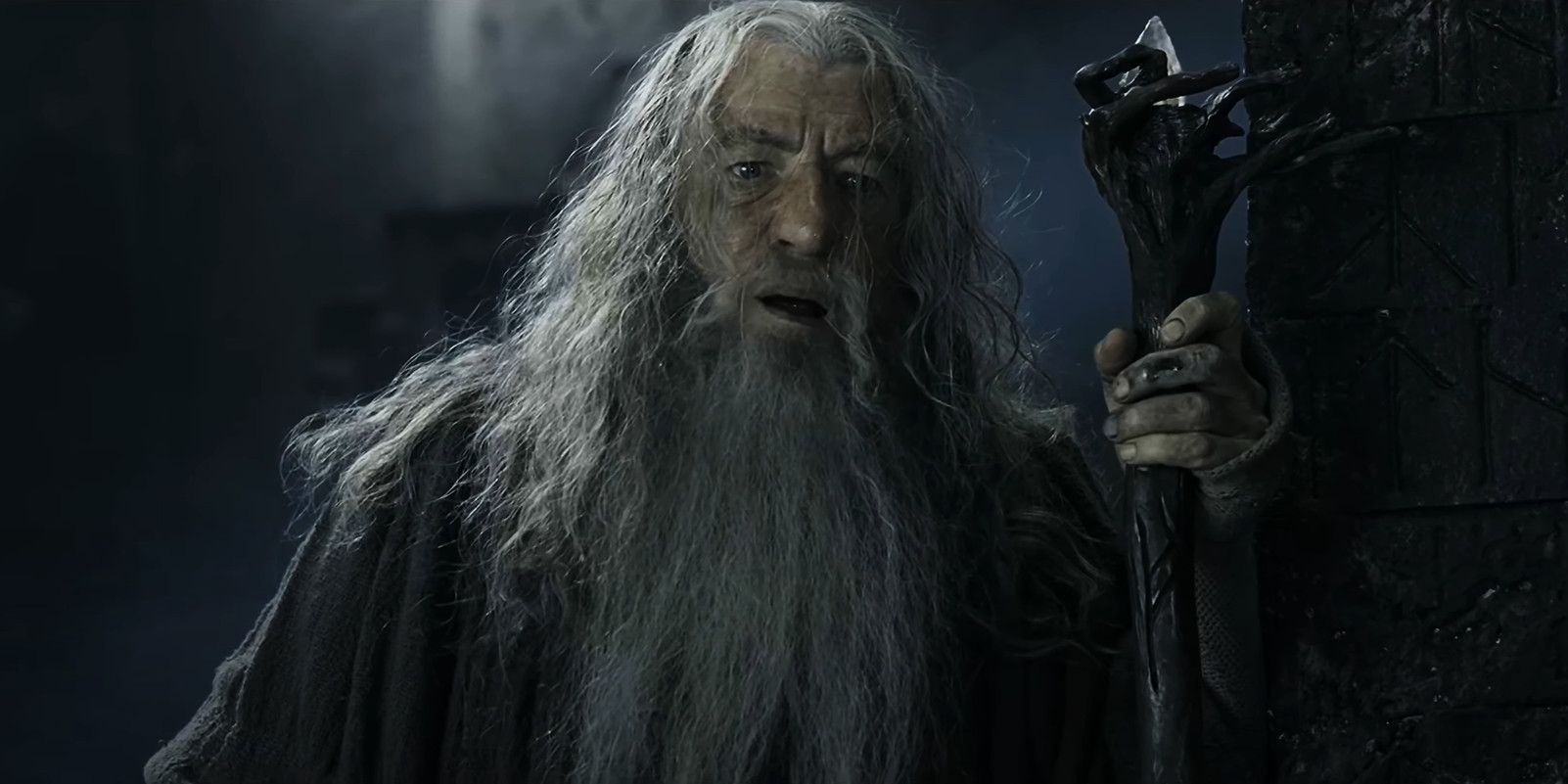
While not as large in scale as later battles, Peter Jackson’s The Fellowship of the Ring still featured intense action. The excitement built when the Fellowship discovered Balin’s Tomb and heard approaching creatures in the Mines of Moria. Frodo’s glowing sword, Sting, warned of nearby Orcs, but that was only the beginning of their troubles. A glimpse through the gateway revealed a cave-troll, prompting Boromir’s dry observation. The barricade quickly fell, and a fierce battle erupted as the Fellowship fought to defeat the troll. Frodo was seriously injured, but thankfully, his mithril shirt protected him. Jackson has openly shared the inspiration behind this sequence, explaining in the director’s commentary that he and animation supervisor Randy Cook were heavily influenced by the work of Ray Harryhausen, and the cave-troll fight was designed as a tribute to his films.
Peter Jackson once compared The Lord of the Rings to the films of Ray Harryhausen, a special effects pioneer known for bringing creatures to life in movies like the original Clash of the Titans. He specifically pointed to the cave-troll fight in The Fellowship of the Ring as his equivalent of a classic Harryhausen scene. Jackson was particularly inspired by the 1958 film The 7th Voyage of Sinbad, which features a fight with a cyclops and has a perfect score on Rotten Tomatoes. As a child, Jackson was so captivated by this cyclops that he even made a 20-minute short film recreating it. When he finally had the budget to make The Fellowship of the Ring, he paid homage to Harryhausen, adding his own creative spin to the battle scene.
The Lord of the Rings’ Trolls Were More Than Mindless Monsters
Peter Jackson deliberately echoed scenes from the classic film The 7th Voyage of Sinbad in The Fellowship of the Ring, particularly during the cave-troll fight. As Jackson explained, he wanted the monster battle to include the same fun moments he loved in those older films. For example, both films feature a scene where a character throws a spear into the monster’s chest, causing pain but not stopping it. There’s also a similar moment where the monster briefly knocks an opponent back into a stone wall. Aragorn even uses a spear, mirroring Sinbad and his crew. Jackson’s cave-troll design was also influenced by the cyclops from Sinbad; he gave the troll only two fingers and a thumb per hand, a detail not found in Tolkien’s writings but present in the older film. This inspiration carried over to later scenes, such as the trolls operating catapults during the Siege of Minas Tirith, who carried rocks in the same way as the cyclops.
Jackson wasn’t simply trying to copy the action sequences of Harryhausen’s films. He also wanted to make the cave troll a little sympathetic, because Harryhausen always gave his monsters a touch of humanity. As Jackson explained in the director’s commentary,
He’s not a truly bad person, just someone who’s been led astray by the wrong crowd. He’s a bit like a naive child with poor influences. I wanted people to feel some empathy for him – I always pictured him having a mother who cares for him, maybe even keeping his bed warm and leaving milk for him at night. It’s a sad situation, really.
The cave-troll was kept under control with a heavy metal collar and chain, showing it was forced to serve the Orcs of Moria. Peter Jackson expanded on this idea in The Hobbit: The Battle of the Five Armies, further emphasizing their forced servitude and making them appear more like tools for war. This portrayal successfully made audiences feel sympathy for the creature, as evidenced by comments from Sir Ian McKellen, Sean Astin, Elijah Wood, Dominic Monaghan, and Orlando Bloom during the commentary for The Fellowship of the Ring, where they all admitted to feeling sorry for it.
Peter Jackson Improved Upon Ray Harryhausen’s Techniques
In the director’s commentary, Peter Jackson noted a key difference between The Fellowship of the Ring and the films of Ray Harryhausen, like The 7th Voyage of Sinbad. The cave troll fight in Fellowship used handheld cameras – moving and shaking slightly – to create a more intense and immersive experience, and to demonstrate new filmmaking technology. This wouldn’t have been possible with Harryhausen’s stop-motion animation, where even a simple camera pan could cause the live-action and animated elements to look out of sync, requiring a static camera for the cyclops battle. Because the trolls in The Lord of the Rings were created with CGI, Jackson had much more flexibility when filming the scene in Balin’s Tomb.
Gollum, first appearing in The Lord of the Rings: The Two Towers, is arguably the most well-known and technically impressive CGI character in the series. However, the troll from The Fellowship of the Ring also deserves recognition. Wētā Digital’s visual effects team crafted a remarkably detailed creature and blended it convincingly into the film. While The Lord of the Rings was groundbreaking, director Peter Jackson also honored the films that came before, both earlier adaptations of Tolkien’s work and classic movies that inspired his style. Although the cave-troll was created with CGI, Jackson often favored practical effects, like building massive miniatures for locations such as Minas Tirith – a technique inspired by films he enjoyed as a child, including The 7th Voyage of Sinbad.
Read More
- Mobile Legends: Bang Bang (MLBB) Sora Guide: Best Build, Emblem and Gameplay Tips
- Clash Royale Best Boss Bandit Champion decks
- Best Hero Card Decks in Clash Royale
- All Brawl Stars Brawliday Rewards For 2025
- Best Arena 9 Decks in Clast Royale
- Vampire’s Fall 2 redeem codes and how to use them (June 2025)
- Brawl Stars December 2025 Brawl Talk: Two New Brawlers, Buffie, Vault, New Skins, Game Modes, and more
- Clash Royale Witch Evolution best decks guide
- Clash Royale Furnace Evolution best decks guide
- Mobile Legends: Bang Bang (MLBB) Marcel: Hero overview, skill analysis, and release date
2025-10-24 03:37